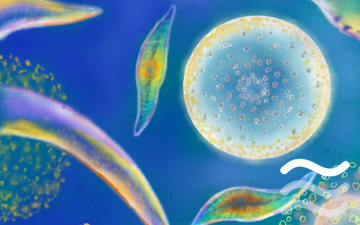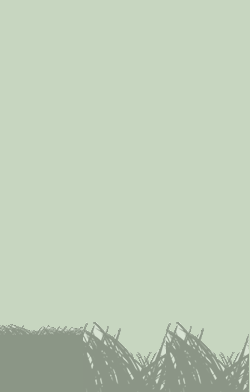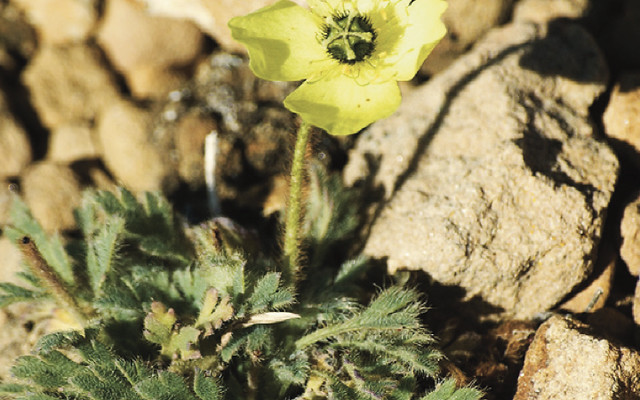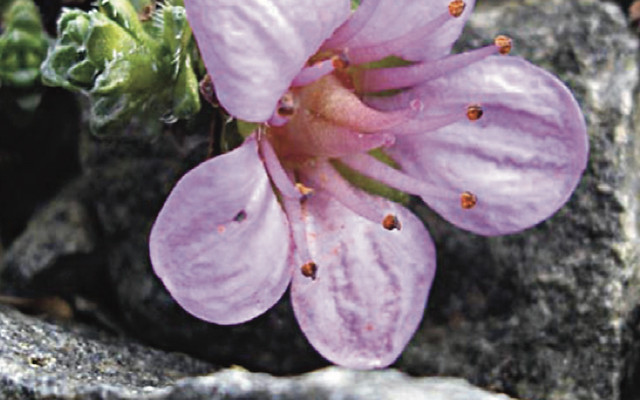Plantae

Phragmites | INVASIVE SPECIES
Phragmites australis
Play: Place this card on any terrestrial or grassland plant species, excluding trees.
Effect: The plant species must immediately be removed. You may leave this card on the table to show this space is invaded by phragmites, and no other terrestrial or grassland plant (excluding trees) may be played here.

Granadilla
Passiflora ligularis


3 POINTS
Dato: ¿Quién no ha jugado a abrir una granadilla pegándose con ella en la cabeza? Originaria de los Andes tropicales la granadilla es cultivada desde México hasta Argentina, siendo Colombia el principal productor en el mundo.

Phytoplankton
Multiple Orders


2 POINTS
PLAY: Phytoplankton has a MOVE of 1
FACT: Phytoplankton are the main source of food for almost all fish.

Dark Sea Lettuce
Ulvaria Obscura


1 POINTS
FACT: As a type of algae, this Dark Sea Lettuce is often found on beaches along the West Coast.

Arctic Poppy
Papaver radicatum


2 POINTS
FACT: The flowers of the Arctic poppy fol- lows the sun’s movement across the sky. In this way it increases the temperature inside the flower creating an attractive microclimate for insects seeking warmth.

Purple Saxifrage
Saxifraga oppositifolia


2 POINTS
FACT: It is a low-growing and mat-forming perennial plant. The flowers have a purple colour and are edible.